Materials group Umicore can spend at least a month on tackling a complex array of national shipment rules only to bring electronic scrap and other waste from across the European Union to its Belgian recycling plant.
The problem is not just Umicore’s, as businesses across Europe grapple with internal obstacles that can be as damaging as tariffs.
Analysts, however, say U.S. President Donald Trump’s tariffs have provided the necessary push to make the bloc the single market it aspires to be.
Umicore’s difficulties are particularly significant in that the company recycles 17 of the 34 minerals identified by the EU as critical for its green and digital transition.
Chief Executive Bart Sap says a shipment may need to go by rail in one country, then transfer to a boat in another, with a wealth of diverse documentation along the route.
“With that ununified waste market, the internal hurdles are so high that actually 73% of waste is being exported,” he told Reuters in an interview.
Diverging waste shipment regulations are one of the many internal barriers that add cost and complexity to doing business within the EU.
The International Monetary Fund (IMF) has estimated EU internal barriers are the equivalent of tariffs of 44% for goods and 110% for services, well above the U.S. tariffs of 25% on steel and cars and 10% on many other goods.
A similar study in 2021 concluded that barriers for goods flow within the U.S. amounted to a 13% tariff.
For goods, EU barriers include restrictions on retailers’ ability to source products or sell them in other EU countries and a jumble of rules on labelling.
AkzoNobel, Europe’s largest paint maker, complains it cannot just sell the same tub across the 27-nation bloc, placing the blame not on different languages but varying rules. These include separate recycling logos in France and Spain and some EU countries requiring air quality information.
The Dutch company says it cannot fit all the necessary information on smaller tubs, and that frequent rule changes force it to keep investing in packaging updates.
QR codes could be a solution, it says, something the EU will start requiring from 2027.
For services, the single market is even less developed.
Laws on setting up foreign subsidiaries diverge, declarations for posting workers abroad vary and 5,700 professions are regulated across the bloc, meaning doctors, nurses, engineers or accountants in one EU country cannot easily work in another.
Size deficit
The barriers do not just add cost and complexity. They stifle growth.
Former Italian Prime Minister Enrico Letta, who produced an influential report on the EU single market last year, said EU companies suffered a “stunning size deficit” relative to rivals and that market divisions prevented them from building scale.
A core problem is vested interest in sectors protecting regulated professions from competition and as national supervisors prove resistant to an EU-wide capital market that could rival U.S. investments in newer companies and infrastructure.
“These are low-hanging fruit economically, because basically they’re free. It’s essentially changing the regulation. But that doesn’t mean they’re necessarily politically easy,” said Niclas Poitiers, research fellow at think tank Bruegel.
The debate on a unified capital market has dragged on for over a decade as EU members have squabbled over issues such as supervision and insolvency rules.
However, a deeper single market has gone from a nice-to-have to a must-have as the impact of Trump’s tariffs on exports has highlighted the need to remove obstacles to compete with global rivals.
The Commission says it is prioritizing removing what it calls the “terrible ten” most harmful single market barriers, including recognition of professional qualifications and fragmented rules on labelling and waste.
Letta, dean of IE University in Spain and president of the Jacques Delors Institute think tank, said he was encouraged by Commission initiatives to tackle the most critical unfulfilled parts of the single market – services and capital.
They include the promotion of a savings and investment union and removing barriers to business in services.
Multiple legislative proposals are due in 2025 and 2026.
Aslak Berg, research fellow at the Centre for European Reform think tank, said the Commission seemed to be serious about reforms that made a difference, but needed to get EU members on board.
Letta said there were two grounds for optimism. Firstly, EU capitals were aware of the need for change.
“The other key point that makes me optimistic is the fact that we have a fantastic friend on the other side of the ocean, because the acceleration that is taking place is all because of Trump,” he said.
Letta said the EU needed to push through EU-wide laws called regulations, rather than directives that allow EU members to set their own course on common goals.
He also urged the EU to be energized, not paralyzed by Trump.
The EU took a pause after driving through the movement of goods and people and its new currency in the late 1980s and 1990s, but then got sidelined by a series of crises, from the sovereign debt crisis, Brexit, COVID-19 and the energy crisis.
“The EU usually is able to focus on one crisis at a time and today we are all focused on tariffs. That is a problem. Because in reality, my guess is the completion of the single market is more important than all the rest.”


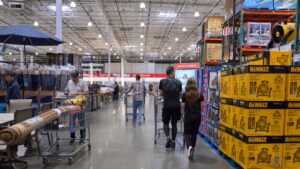




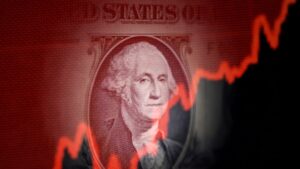











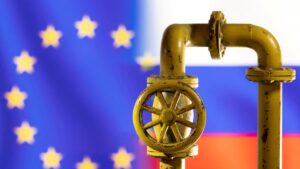







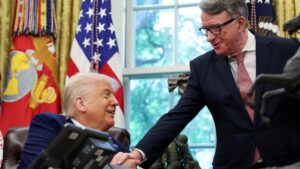




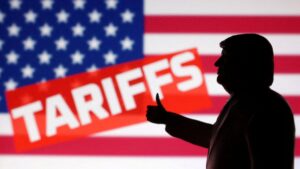








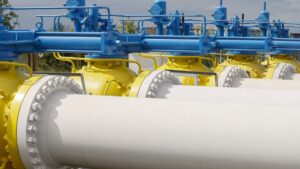



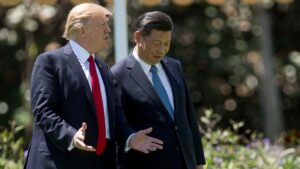
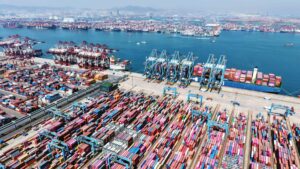

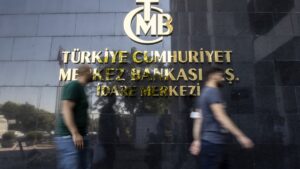



Be First to Comment